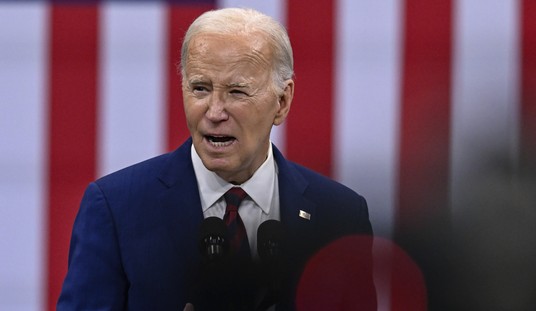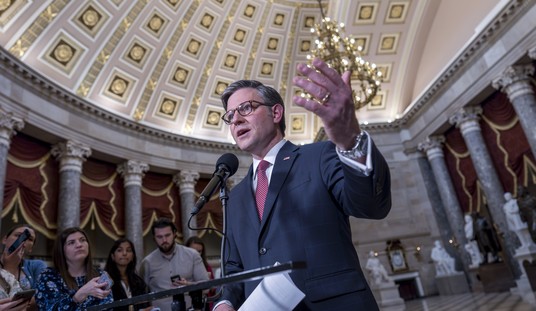Based on this fiscal year's eight-and-a-half months of activity so far, the number of unaccompanied alien children from Honduras apprehended by the U.S. Border Patrol will increase 22 times from what it was in 2009.
That's a jump from fewer than 1,000 children five years ago to more than 21,000 this year. Similar increases are predicted for unaccompanied alien children from Guatemala -- from 1,115 in 2009 to a projected 17,887 -- and a 13-fold increase in UACs from El Salvador, from 1,221 to a projected total of 16,145.
In 2012, when immigration was a key issue during the presidential election, the Border Patrol recorded 24,481 apprehensions of UACs. The year before, (ending September 2011), there were 16,067. Since 2012, the numbers have grown dramatically. In 2013, the total was 38,833, and this year's figure is expected to reach 90,000.
Before 2012, children from Mexico made up more than 75 percent of UACs. Now, according to the Migration Policy Institute, Hondurans make up the highest percentage of children (28 percent), followed by Mexicans (25 percent), Guatemalans (24 percent), and Salvadorans (21 percent).
This seismic shift in children seeking to enter the United States is due to several factors: a change in immigration policy; an increase in violence in their home countries; an increase in smuggling activity; continued poverty in their countries of origin.
The numerous causes make finding a simple solution impossible. There will have to be changes made on many fronts to create a solution.
Comprehensive immigration reform has been talked about for years and was attempted -- unsuccessfully -- by President Reagan. But the issue is so challenging that moving one step at a time might be more successful than attempting to do everything at once.
Recommended
The first step that is on every Republican's mind is to secure the border. A vast majority of the unaccompanied alien children apprehended this fiscal year were apprehended in the Rio Grande Sector, one of nine sectors along the border. While additional measures can and should be put into place (i.e., more border patrols), beefing up the deterrent at the border would not solve the problem. But it would be an important starting point and the first one that should be put into action.
President Obama does not agree. His request this week for $3.7 billion in emergency funding from Congress to handle the influx does not incorporate additional border security. The concern is that additional humanitarian aid, without any change along the border itself, would simply perpetuate the problem.
A stronger border -- like any obstacle that stands in the way of a flow -- is only part of the solution. Some currents (i.e., perpetual poverty and gang violence) push people out of their country, and others (i.e., free health care and free education) pull people into our country. If the currents that push and pull the people through the sieve are weakened, then the barrier along the border does not need to be as strong.
This is not a simple problem, and it will require multiple complex solutions. For President Obama, his two-day trip to Texas this week focuses on fundraising, and represents a lost opportunity to visit the border and to see firsthand what is happening.
On Fox News, one of Obama's own Democratic congressmen took him to task for not visiting the border. "I'm sure that President Bush thought the same thing, that he could just look at everything from up in the sky, and then he owned it after a long time," said Henry Cuellar (D-Texas), in a reference to Bush's much-criticized flight over the stricken Gulf Coast after Hurricane Katrina in 2005. "So I hope this doesn't become the Katrina moment for President Obama, saying that he doesn't need to come to the border. He should come down."
For many of us, the image of President Bush patting FEMA chief Michael Brown on the back while saying, "Brownie, you're doing a heckuva job," in 2005, underscored just how out of touch the president was.
Cuellar understands that if you're going to call the flow of children through the border a humanitarian crisis, as the White House did with its request for billions more in aid, then you also have to have a human response. President Obama would serve himself -- and the country -- well by visiting the border, versus simply collecting fundraising checks farther north in the state.

























Join the conversation as a VIP Member